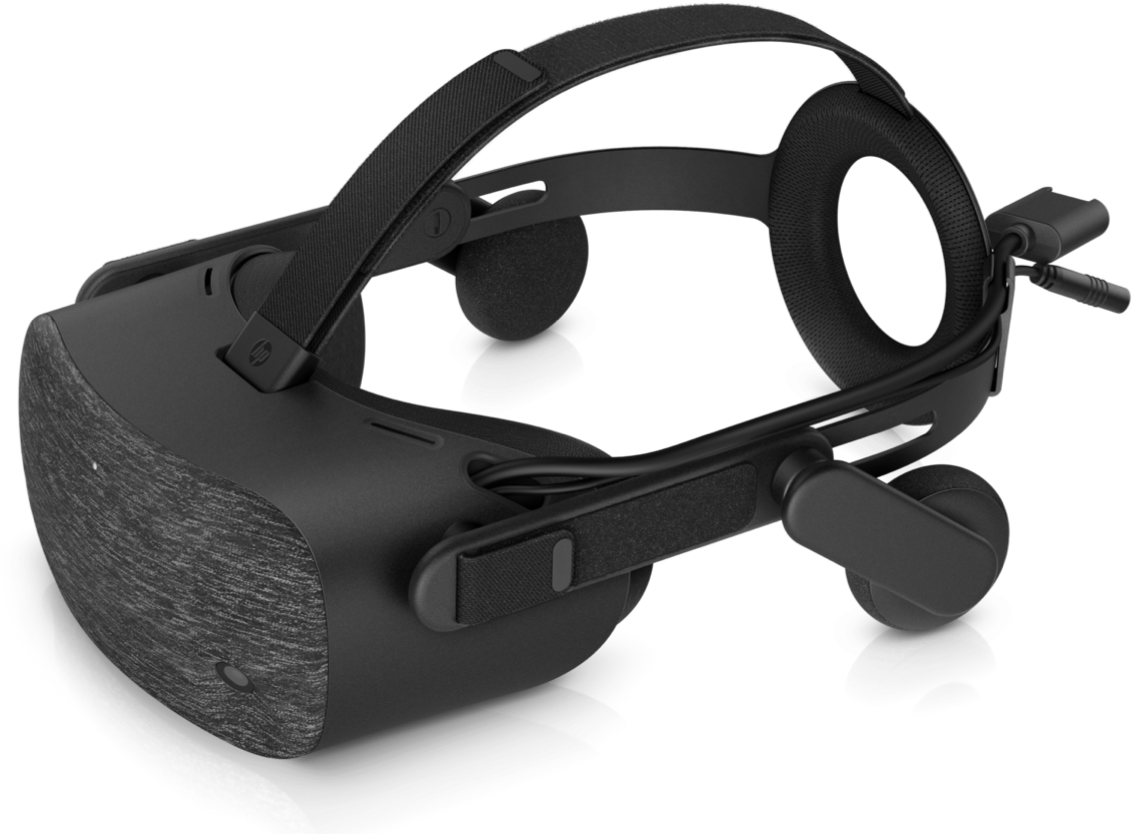Recent growing demand for remote work solutions has accelerated developments with Extended Reality in the workforce, which includes Virtual Reality (VR), Augmented Reality (AR), and Mixed Reality (MR).
As remote work becomes more widely used, it reduces costs to organizations with solutions that eliminate the need for face-to-face meetings and other in-person work.
Organizations are looking for innovative ways to engage clients, customers, and employees. XR provides new tools and experiences, from office work, to online shopping and retail, to engineering and manufacturing, to safety and training.
With these opportunities, UK-based PwC predicts VR/AR will bring net economic benefits of $1.5 trillion globally, by the year 2030.
XR will impact the future of various industries, especially as the tools become more accessible, affordable, and efficient, with the rise of XR content management systems.

Request a demo today.

How XR could shape the future of the workforce
Once thought to someday replace the need for humans in the workforce, technology, rather than replacing human workers is now enhancing their abilities.
Demand grows for XR in office processes, including hiring, onboarding, training, and day-to-day communications. Events like the COVID-19 coronavirus pandemic have accelerated that evolution with an increased need to work remotely across the world.
XR brings new potential to workforces with benefits across entire organizations, from improved employee communication, to team collaboration, to engagement and training, to optimized design processes and accessibility.
The impact of XR on industries
As more businesses adopt XR technology, more uses will be discovered and applied across various industries, including manufacturing, construction, energy and utilities, healthcare, and public safety, to name a few.
Manufacturing
With proper employee onboarding and training, manufacturing companies improve performance, reduce costly errors, and manage risks.
In a daily-use example, Lockheed Martin uses a VR space where engineers and product designers collaborate to build virtual prototypes. Within this tool, engineers and technicians test and learn products and processes early in program development, keeping costs, risks, and time invested low.
A PwC survey found that product design and development, as well as worker safety and training are the most popular applications of VR/AR technology among manufacturers surveyed.
Other growing XR applications include:
- Virtual assembly/improved process design
- Maintenance, repair, and/or operation of equipment
- Data and information access
- Customer engagement and communications
- Supply chain collaboration/communications
Construction
The construction industry benefits from XR tools used for planning, accuracy, and safety.
With XR planning tools, sites can be analyzed and discussed in one virtual space, making revisions simpler before beginning physical work. This ultimately delivers more accurate outcomes and improves communication and client collaboration.
As a project is underway, XR can be used to tour a construction site from any location. Sites can be analyzed and training can be done more easily without physical safety risks. XR can teach workers how to identify hazards, as well as how to take corrective actions to fix them.
With XR training tools, new generations of the workforce will be particularly safety-minded and educated to use creative virtual tools to enhance their work.
Energy and Utilities
Within the energy and utilities industry, XR technologies minimize operational costs, improve safety, and broaden services.
With XR, engineers and technicians can instantly access technical information for maintenance and repairs in any location. With XR training, workers practice high-risk tasks before going into the field, which leads to improvements in recall accuracy and a reduction in errors.
PIXO recently released VR modules for the natural gas industry, which include training for critical missions such as leak investigations, facility locating and marking, appliance inspections, and natural gas leak emergency response training.
Healthcare
Beyond the basics of telehealth, XR helps both patients and the healthcare workforce in new ways that continue to grow.
Patients benefit from VR as a pain management and physical therapy tool. Some think VR might one day even be a possible alternative to using opioids for pain treatment. This is just one example of how XR has the potential to affect the entire healthcare industry, including pharmaceutical companies and treatment facilities.
For the healthcare workforce, professionals train within virtual, yet realistic surgeries or procedures without the real-world risks. Medical professionals can troubleshoot unique treatment in virtual scenarios. Data can be shared in one interactive online space, from anywhere in the world.
How XR content management systems make change possible
Many organizations are adopting XR but they often hit barriers before they’re able to implement it across their business.
Content management systems (CMS) have presented the solution to a bottleneck that prevented easy access and distribution of XR content. This makes it increasingly easy for the workforce to benefit from XR technologies.
An XR CMS provides the ability to create, publish, license, customize, and track the use of XR content within one user-friendly, web-based platform. Using an XR platform, content can be distributed to thousands of users leveraging potentially different XR hardware devices.
Save time and money
With a CMS, VR, AR and MR tools can be implemented consistently and quickly across an entire enterprise. This creates efficiencies that save costs and time, improve productivity and communication, and ultimately improve the overall health and profitability of a business.
According to a 2019-2020 report, 93% of enterprise users said that VR has already had a positive impact on their business. In a GridRaster survey, 61% said leveraging AR/VR has resulted in a 20% cost savings so far.
Prepare your workforce with access to XR tools
With a CMS, you can get robust XR training into the right hands within your business instantaneously, optimizing your overall workforce.
Access, manage, and track XR content for varying locations, personnel, and tasks, within one platform. Build and share content incrementally to prove value initially, then add to your programs methodically, throughout your organization.
How can you use XR in your industry?
How will XR impact your organization’s workforce? What current problems can be solved and what future problems can be avoided?
Reach out to us to learn how our PIXO VR Platform can evolve your organization to keep you moving forward.
Photo by 𝓴𝓘𝓡𝓚 𝕝𝔸𝕀 on Unsplash

